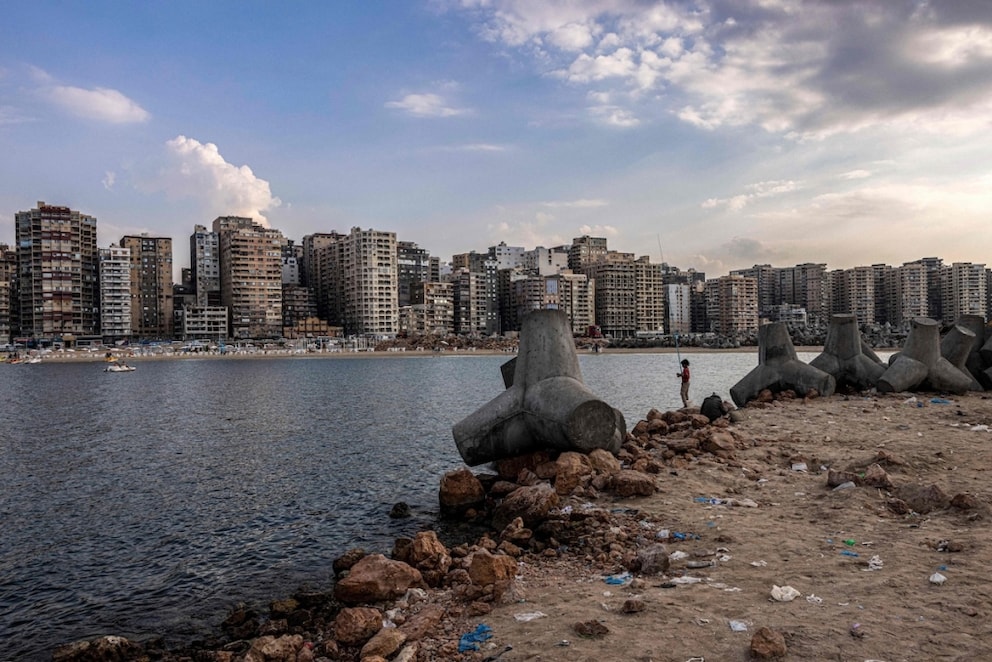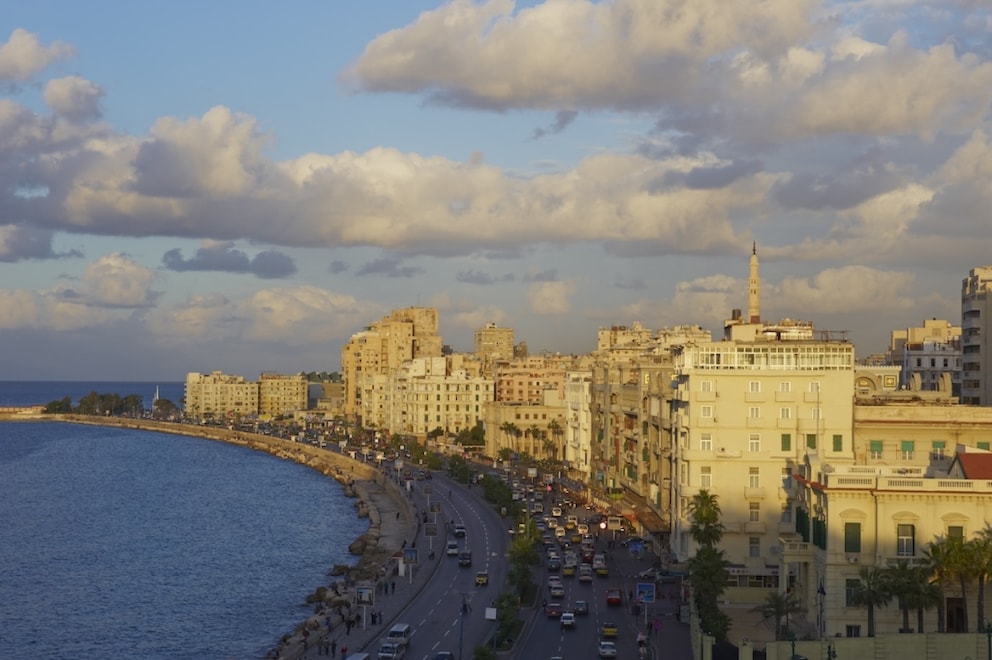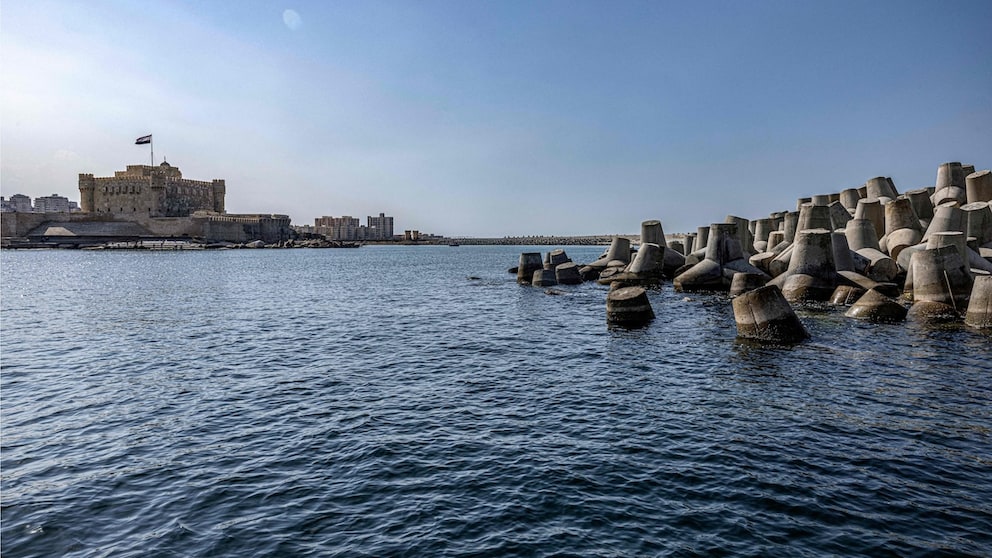March 6, 2025, 8:57 am | Read time: 4 minutes
It is one of the oldest cities in the world and of great historical importance. However, as a result of climate change, saltwater intrusion is increasingly affecting the area. For years, there have been concerns about the increasingly sinking ground level in the coastal city. A new study shows the extent of the now extremely serious situation.
Let’s explore Alexandria, Egypt’s second-largest city. It is often at the top of the list of places of interest for visitors to the country. Locals dub it the “Pearl of the Mediterranean,” though current images might make this moniker seem like a distant memory. On the one hand, Alexandria’s privileged coastal location makes it a sought-after vacation destination. On the other hand, this makes the city particularly vulnerable to the consequences of climate change. Rising sea levels have already left their mark, and the increase in storms is exacerbating the problem.

This Is How Much Alexandria Has Changed
Founded in 331 BC by Alexander the Great, Alexandria developed into an important cultural, scientific, and commercial center of the ancient world. The city was particularly famous for the Pharos Lighthouse, one of the Seven Wonders of the World, and the Great Library. Even today, Alexandria attracts culture vultures — including quite a few who want to combine their trip with a beach vacation — with its historical sites. With its inviting sandy beaches and a pleasantly mild climate, Alexandria beckons travelers, especially during the peak season from May to October.
But much has changed. The once free beaches and promenades are threatened by rising sea levels and some have already disappeared. Concrete blocks, erected to shield the shore and buildings from relentless waves, have become a staple of the landscape, serving as makeshift seats for bathers and landmarks for strollers. The foundations of famous monuments have long since suffered from the rising groundwater, in some cases massively.

The grave threat that rising sea levels pose to Alexandria has already captured widespread attention. In 2022, various media reported on the city administration’s desperate efforts to break the force of the waves. Of course, it’s not just buildings that are threatened by the forces: Alexandria’s residents are also “defencelessly at the mercy of the water masses,” wrote Das Erste at the time.
Study Shows: Coastal Cities Like Alexandria Are at Risk of Sinking
This serious issue has now been the subject of a major international scientific study involving the Technical University of Munich (TUM) and the University of Southern California (USC), among others. Alexandria has been hit by more than 280 building collapses along the coastline in the past two decades,” it says. Alarmingly, the frequency of such collapses has skyrocketed from a mere one to a staggering 40 incidents annually. The researchers were able to prove a connection between the rise in sea level, i.e., the exposure to seawater, and the observed deterioration of the building fabric. In essence, the city is slowly being reclaimed by the encroaching sea.
Alexandria is no exception in this context. The rise in sea level, the increase in storms and flooding, and heat — the known risk factors of global warming — also affect other coastal cities. The results of the study are in line with research findings from NASA and the US National Oceanic and Atmospheric Administration (NOAA), according to a USC publication. According to this, “certain regions of California such as the San Francisco Bay Area, the Central Valley, and the Southern California coastal region are showing signs of subsidence.”

The reasons 260 Meters Long! Italy Has a New Island

For Around 100,000 Euro Tropical Island Paradise Sells Citizenship — for a Sad Reason

"Risk Map" The Most Dangerous (And Safest) Countries in 2025
Measures Are Urgently Needed to Save Alexandria
“In the long term, the people of Alexandria cannot do much to counteract climate change” — that’s how unoptimistic the Das Erste report from 2022 ended. But with a comprehensive concept, perhaps they can.
According to a TUM press release, the aim of the latest study was to find out how “adapted landscape strategies can contribute to risk reduction.” Various approaches were presented that could be used to reduce the risks of coastal erosion and sea level rise in Alexandria. For example, the researchers suggest creating buffer zones by growing salt-tolerant plants to keep seawater away from buildings. Mobile barriers to protect against flooding and the development of sustainable water management practices are also conceivable.
Now, it’s time to put these measures into action and patiently observe their effectiveness in safeguarding Alexandria’s future. The future of Alexandria remains uncertain for the time being.

